The hummingbird, often described as nature's tiny helicopter, is a marvel of avian engineering. With wings that beat up to 80 times per second, these diminutive birds defy gravity, hovering effortlessly as they sip nectar from flowers. Their unique ability to remain stationary in mid-air sets them apart from other birds, making them a subject of fascination for scientists and bird enthusiasts alike. The secret lies in their specialized wing structure and unparalleled metabolic efficiency, allowing them to perform aerial feats that seem almost impossible for their size.
The Mechanics of Hovering
Unlike most birds, hummingbirds can rotate their wings in a full circle, enabling them to generate lift on both the upstroke and downstroke. This figure-eight motion creates the stability needed to hover, a skill more commonly associated with insects like bees and dragonflies. Their wings are incredibly flexible, with ball-and-socket joints at the shoulders that allow for a wide range of motion. Combined with rapid muscle contractions, this adaptation lets them adjust their position with millimeter precision, ensuring they can access even the most delicate blossoms.
Energy Demands and Adaptations
Such extraordinary flight comes at a cost. Hummingbirds have the highest metabolic rate of any vertebrate, burning energy at a pace that would be unsustainable without constant refueling. To meet these demands, they consume up to half their body weight in nectar each day, visiting hundreds of flowers in the process. Their long, slender bills and extendable, tube-like tongues are perfectly designed for reaching deep into flowers to extract nectar. Some species have even co-evolved with specific plants, their beak shapes matching the curvature of certain blossoms to ensure exclusive access to this vital resource.
The Role of Iridescence
Beyond their flight capabilities, hummingbirds are renowned for their dazzling, iridescent plumage. Unlike pigments, which absorb certain wavelengths of light, the colors in hummingbird feathers are created by microscopic structures that refract light like prisms. This results in shimmering hues that shift with the angle of view, serving both as camouflage and as a means of communication. Males often use their vibrant throat feathers, or gorgets, in elaborate courtship displays, flashing them to attract mates or ward off rivals.
Survival in a Changing World
Despite their remarkable adaptations, hummingbirds face significant challenges in the modern world. Habitat loss, climate change, and pesticide use threaten both the birds and the flowers they depend on. Some species are highly territorial, relying on consistent food sources that are increasingly disrupted by human activity. Conservation efforts focus on planting native flowering plants and reducing chemical use in gardens, creating safe havens for these aerial acrobats. Citizen science projects also play a crucial role, with enthusiasts reporting sightings to help track migration patterns and population health.
A Symbol of Resilience
In many cultures, hummingbirds symbolize joy, resilience, and the ability to overcome obstacles. Their tireless energy and seemingly boundless optimism resonate deeply with people, inspiring art, folklore, and even technological innovations. Engineers study their flight to improve drone designs, while poets marvel at their delicate beauty. Whether observed in the wild or admired from afar, hummingbirds continue to captivate, reminding us of nature's ingenuity and the delicate balance required to sustain it.
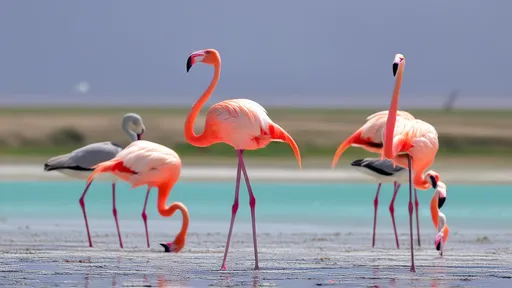
By /Jun 10, 2025
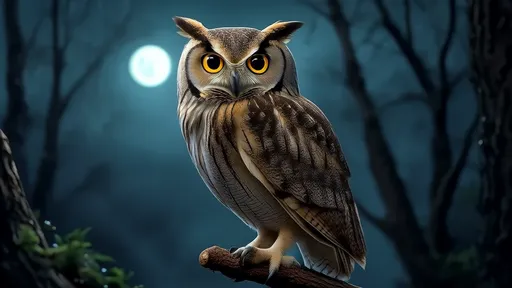
By /Jun 10, 2025
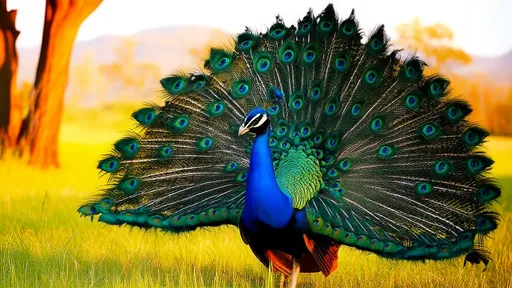
By /Jun 10, 2025
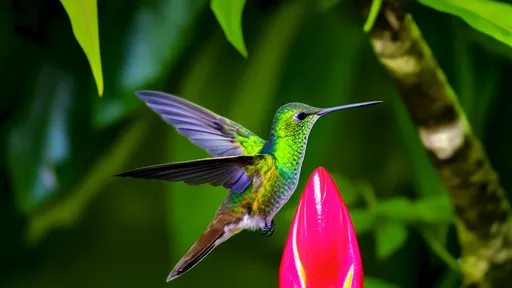
By /Jun 10, 2025
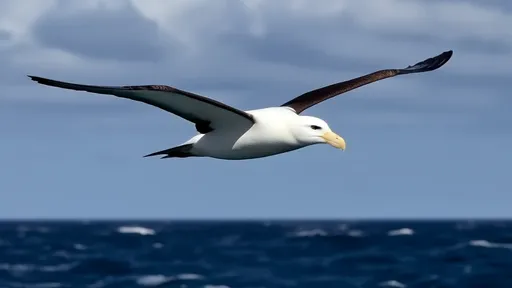
By /Jun 10, 2025
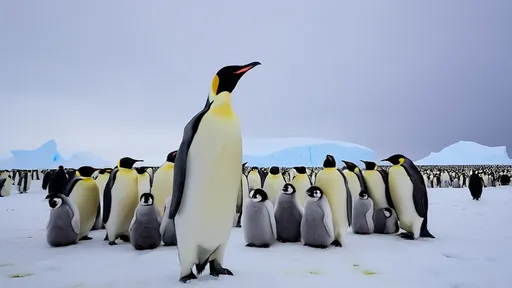
By /Jun 10, 2025
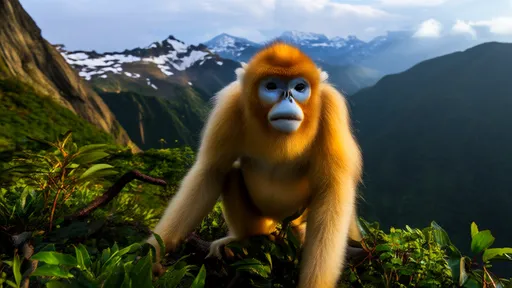
By /Jun 10, 2025
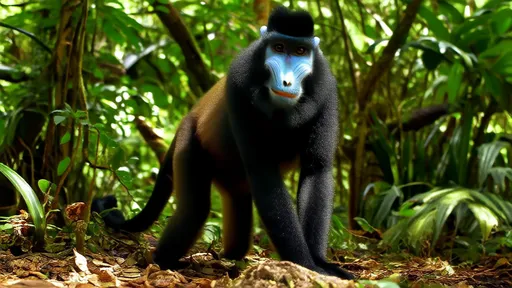
By /Jun 10, 2025
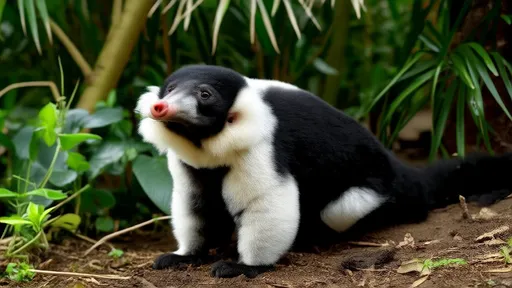
By /Jun 10, 2025
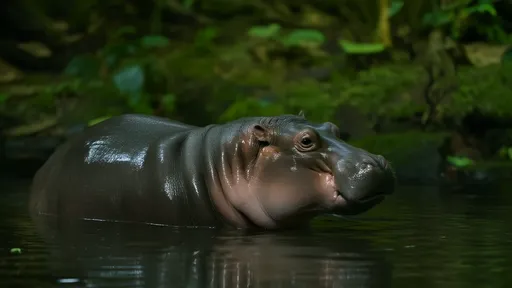
By /Jun 10, 2025